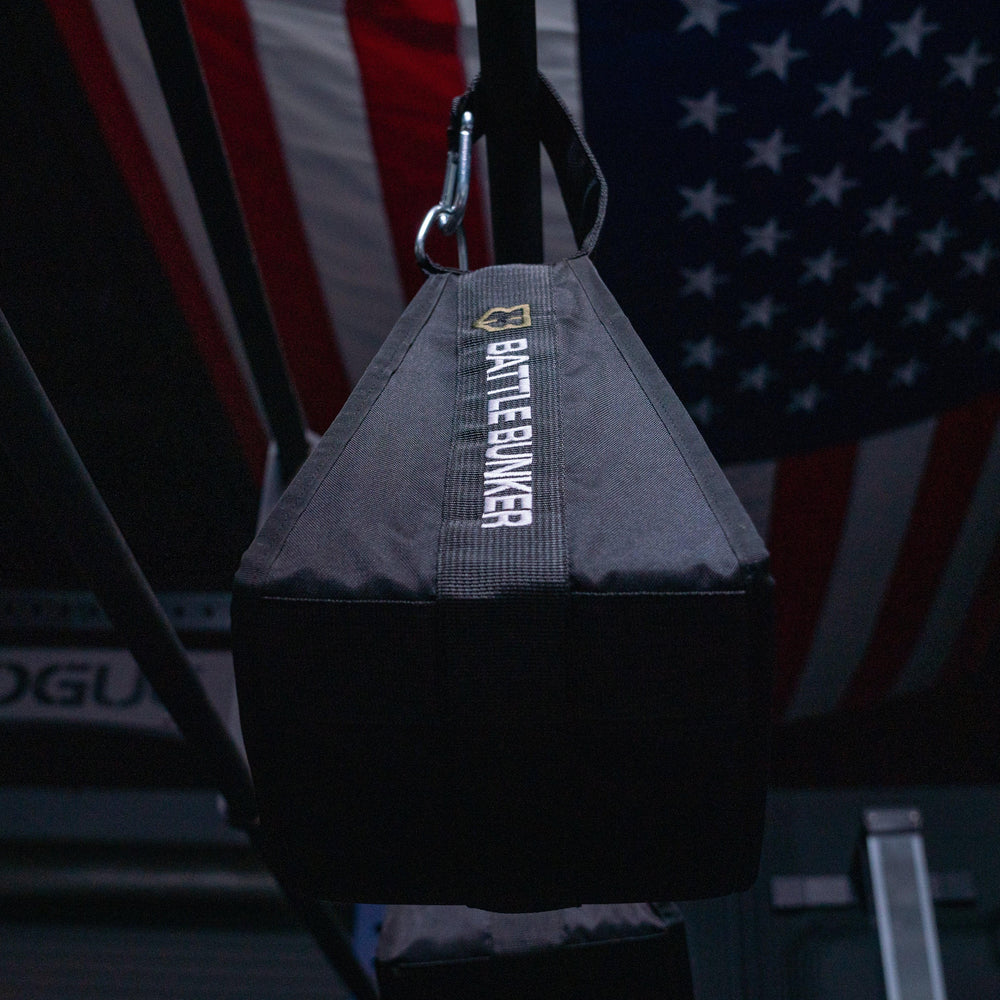Hybrid Training: Why It Works and How to Build Real-World Strength & Endurance
Hybrid training blends strength work with cardiovascular conditioning to create balanced, resilient fitness. You don’t have to choose between running and lifting—done well, you can build endurance, strength, and durability in the same week.
What Is Hybrid Training?
Hybrid training combines resistance training with aerobic or mixed-modality sessions—either within the same workout or across the week—to improve overall capacity. It emphasizes being good at everything that matters: move well, lift well, and last longer.
Key Benefits
- Complete fitness: Strength plus aerobic capacity for real-world readiness.
- Body composition: Preserve or build muscle while improving calorie expenditure.
- Resilience: Stronger tissues from lifting; better recovery and work capacity from cardio.
- Time efficiency: Blend stimuli in a single session or alternate days for faster progress.
How to Structure a Simple Hybrid Week
- Day 1: Strength (lower-body focus: squats, RDLs)
- Day 2: Zone-2 cardio (30–45 min run, ride, or row)
- Day 3: Strength (upper-body push/pull)
- Day 4: Mixed session (circuits/EMOM: carries, rows, band work)
- Day 5: Intervals (8–12 × 1 min hard / 1 min easy)
Adjust volume based on recovery. If fatigue rises, keep strength and cardio on separate days or split by AM/PM.
Sample Hybrid Session (30 Minutes)
- Warm-up: 5 minutes easy row or jog
- Strength block: Back squat 3 × 5 (2 minutes rest)
- Conditioning finisher: 8 minutes at a hard but sustainable row/run pace
- Cooldown: Light band work and breathing drills
Common Mistakes to Avoid
- Doing everything hard, every day: Alternate intensities; include easy days.
- Neglecting technique: Lift before cardio when in the same session to keep form sharp.
- Overusing high-intensity work: Most gains come from consistent strength work and steady cardio.
Essential Gear for Hybrid Training

Hanging Ab Straps
Train your core with back-friendly, hanging movements that build trunk strength for hybrid workouts.
Shop Ab Straps
Weightlifting Straps
Lock in your grip for heavy pulls and rows so your back and hips—not your hands—determine the set.
Shop Lifting Straps
Battle Bands 3-Pack
Three levels of resistance for warm-ups, mobility, assistance, and conditioning—essential for hybrid athletes.
Shop Battle BandsFrequently Asked Questions
Can I lift and run in the same week?
Yes. Keep hard sessions separated by at least 24 hours when possible, and adjust volume based on recovery.
Strength first or cardio first?
When combined in one session, lift first so technique stays sharp, then finish with conditioning. On split days, prioritize the day’s main goal.
How do I avoid overtraining?
Include one to two lower-intensity days per week, track sleep and resting heart rate, and reduce volume when fatigue persists.
Final Thoughts
Hybrid training is about dependable performance—strong, conditioned, and ready. Start with a simple weekly structure, progress slowly, and let recovery guide the dose. The right tools help you train smarter.













